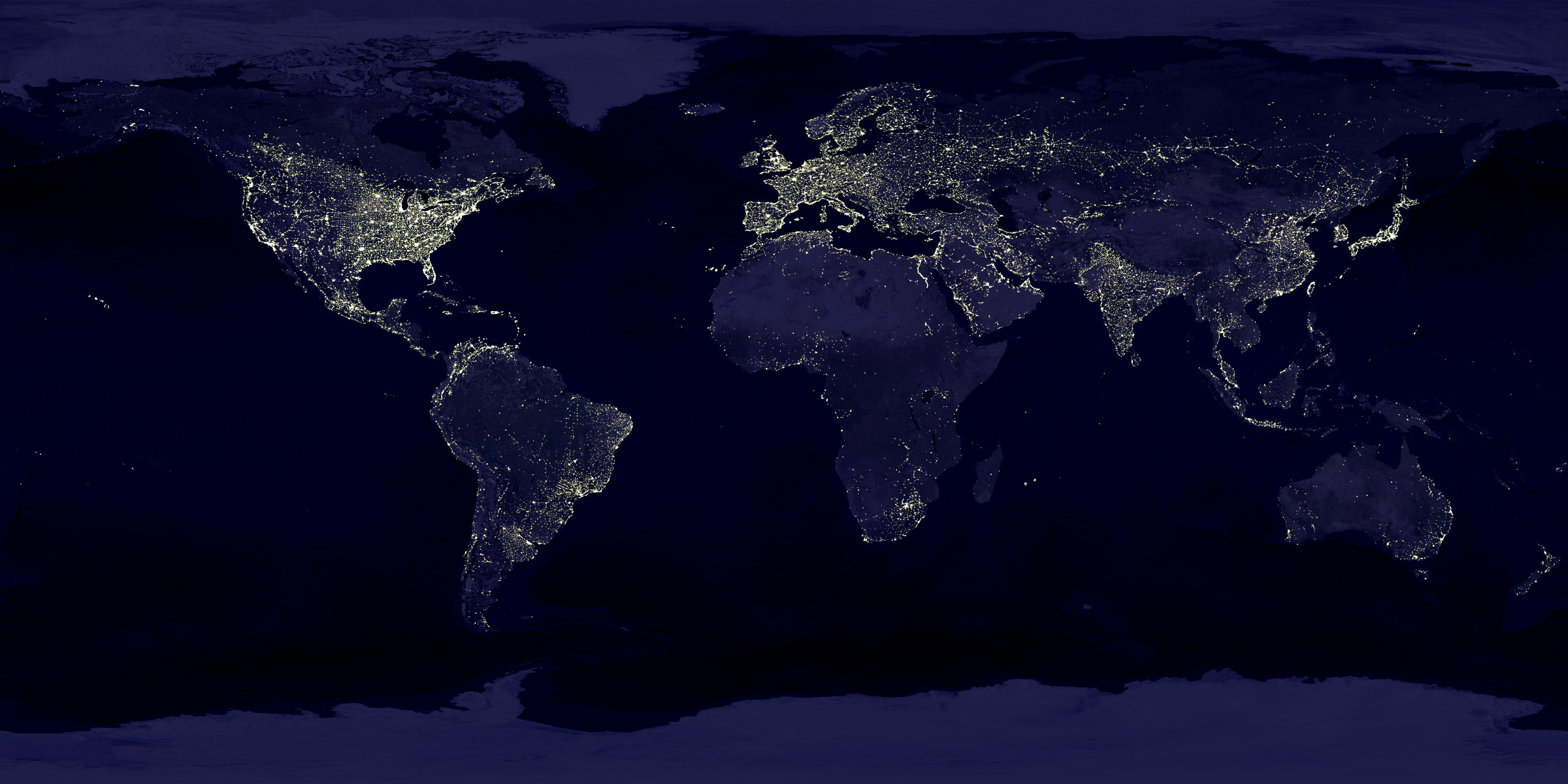Where do the Asian tiger economies go from here?
EVEN IN THEIR prime, the tigers had their detractors. Twenty-five years ago this month, Paul Krugman, an economist, wrote an article in Foreign Affairs, an American policy journal, entitled “The Myth of Asia’s Miracle”. He argued that Asia’s seemingly dynamic economies displayed, on closer inspection, “startlingly little evidence of improvements in efficiency”. Their growth relied instead on rapidly increasing inputs of labour, capital and so on. It was a miracle based on “perspiration” not “inspiration”. Singapore, in particular, “grew through a mobilisation of resources that would have done Stalin proud”, Mr Krugman wrote.
This sweaty growth model faced some natural limits. Employment rates could not increase for ever. And the accumulation of capital would eventually run into diminishing returns. Therefore the tigers’ pace of expansion would inevitably slow.
On the last point Mr Krugman was unquestionably right. The Asian tigers have averaged growth of 3% this decade, down from 8% in the early 1990s. But their mix of perspiration and inspiration is now better than Mr Krugman feared. As inputs of labour have grown more slowly, total factor productivity, an oft-cited (if theoretically controversial...























